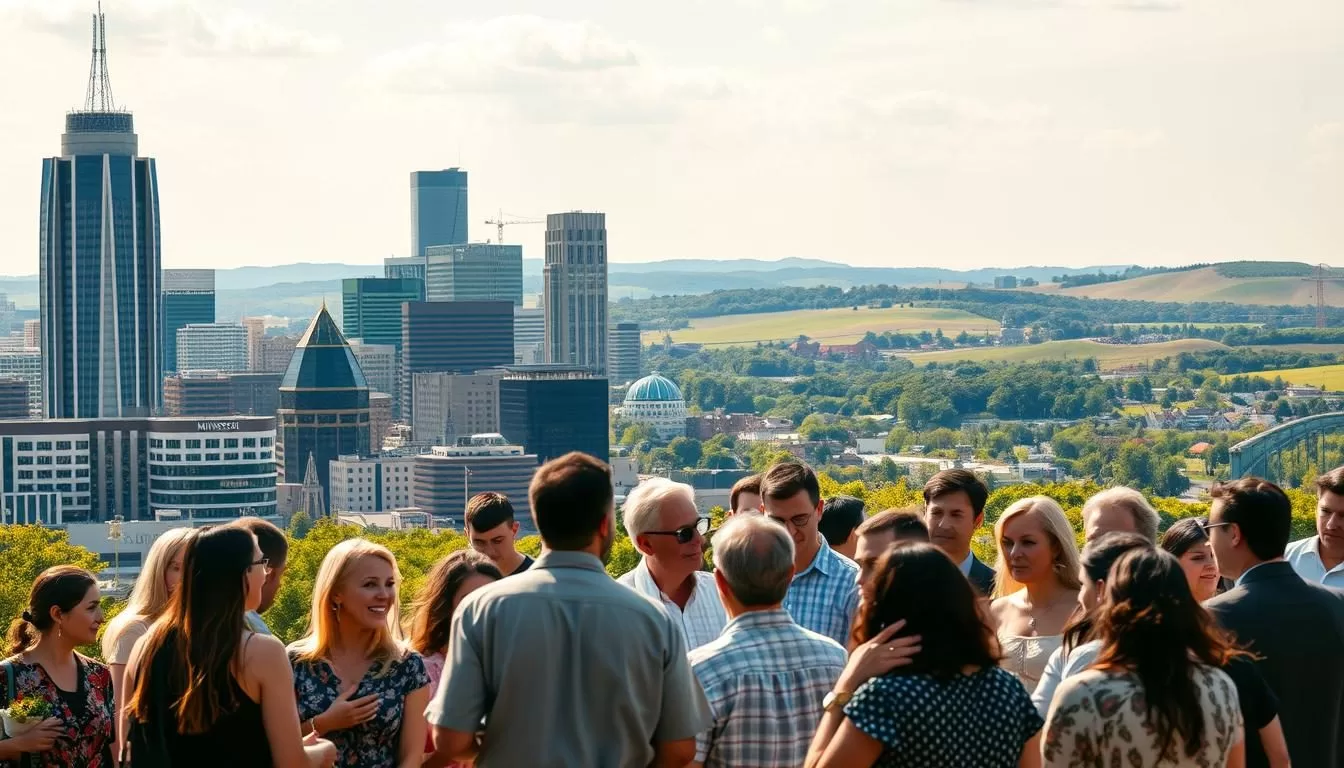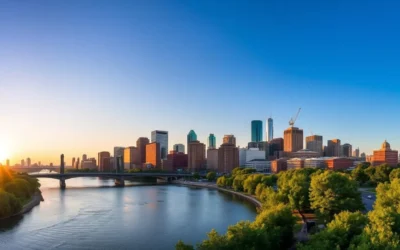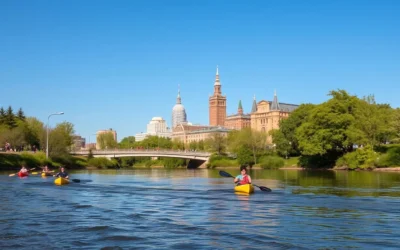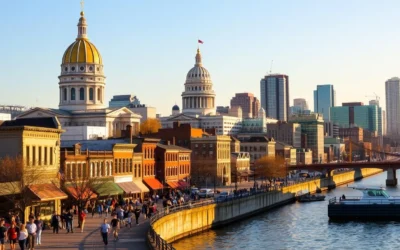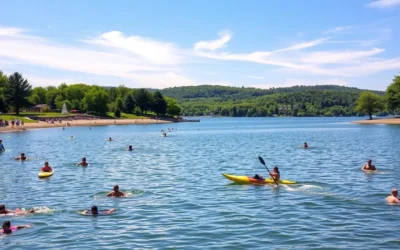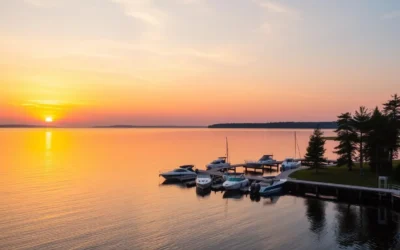As you explore the rich cultural heritage of Minnesota, you’ll uncover a complex linguistic landscape shaped by its diverse population.
The state’s history of immigration has contributed significantly to its language diversity, making it a fascinating subject to explore. You’ll gain insights into the languages that are officially recognized and those that are commonly spoken across the state.
Understanding the dynamics of language usage in Minnesota, United States, offers a unique perspective on the state’s cultural identity and its evolving demographic landscape.
Minnesota’s Linguistic Landscape
You’ll find that Minnesota is home to a vibrant array of languages, each contributing to the state’s unique cultural identity. The state’s linguistic diversity is a reflection of its history and the various cultures that have shaped it.
Current Language Demographics
As a result, many languages are widely spoken in Minnesota. The linguistic diversity reflects historical and modern immigration patterns, with significant communities speaking Spanish, Somali, Hmong, Chinese, Vietnamese, German, French, Arabic, Russian, and various African languages.
Language Diversity in Minnesota
Minnesota’s language diversity extends far beyond English, with dozens of languages spoken throughout the state. This diversity directly reflects both historical settlement patterns and more recent immigration trends. The need for effective translation services is paramount in this context.

Historical Context: Immigration and Language Evolution
As you explore Minnesota’s languages, you’ll discover the state’s rich immigration history. This history has played a crucial role in shaping the linguistic diversity you see today.
Indigenous Languages and Early European Settlement
Minnesota’s linguistic journey began with indigenous languages, followed by the arrival of European settlers. The early languages spoken in the region were primarily Native American languages, with Ojibwe and Dakota being prominent.
19th and 20th Century Immigration Waves
The 19th and 20th centuries saw significant immigration waves from Europe, particularly from Scandinavian countries. This immigration contributed to the linguistic landscape, with languages like Swedish and Norwegian becoming common.
Modern Immigration Patterns
During the 1970s, Minnesota experienced new immigration patterns, particularly from Asia and Africa. The Hmong refugees, along with others from Cambodia, Laos, and Vietnam, significantly contributed to the state’s diversity. More recently, the state has welcomed significant Somali and other East African populations.
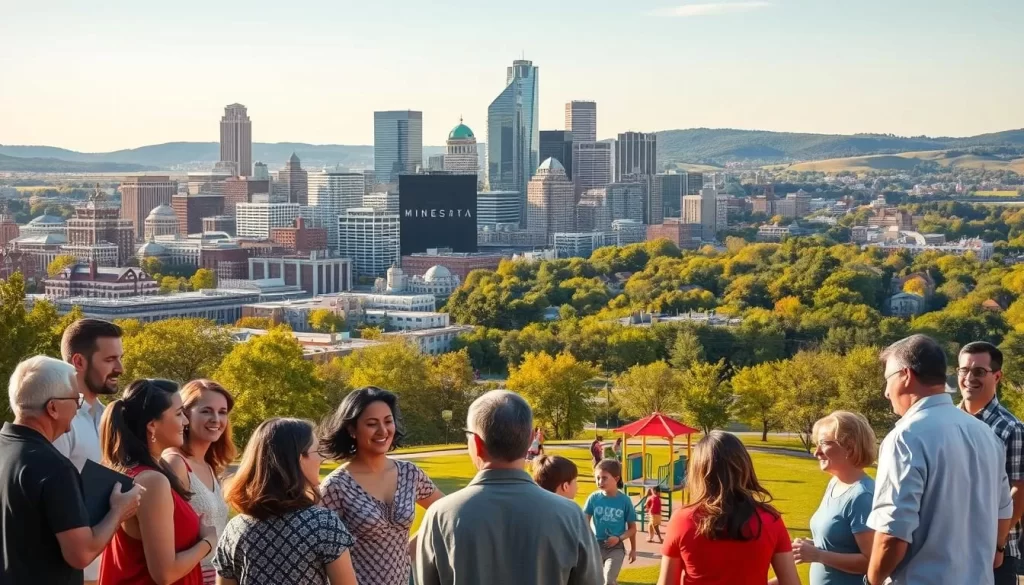
| Immigration Period | Primary Languages Introduced |
|---|---|
| Indigenous and Early European | Ojibwe, Dakota, English |
| 19th and 20th Century | Swedish, Norwegian |
| 1970s and Beyond | Hmong, Vietnamese, Spanish, Somali |
This historical context has shaped the linguistic landscape you experience today, with many languages being spoken across the state.
Official Language Status in Minnesota, United States
As you explore Minnesota, you’ll find that the state’s language dynamics are shaped by its lack of an officially designated language. While English serves as the de facto official language, the state has not passed legislation to make it the official language.
English as the De Facto Language
English is the predominant language used in government services, education, and daily life. You will notice that most government services and educational institutions use English as the primary language.
Language Policies and Regulations
Minnesota has implemented various language access policies to accommodate non-English speakers. These include:
- Providing translation and interpretation services for commonly spoken languages in state agencies.
- Implementing language support programs in educational institutions for students with limited English proficiency.
- Maintaining translations services in court systems to ensure equal access to justice.
| Service | Language Accommodation |
|---|---|
| Government Services | Translation and interpretation services |
| Educational Institutions | Language support programs |
| Court Systems | Translation services |
Top 10 Languages Spoken in Minnesota
You might be surprised by the variety of languages spoken in Minnesota, a state known for its cultural diversity. As you explore the linguistic landscape, you’ll discover that several languages are widely spoken across the state.
Spanish: Minnesota’s Most Common Non-English Language
Spanish is the most common non-English language spoken in Minnesota, reflecting the state’s significant Hispanic population. This demographic has grown substantially over the years, contributing to the state’s cultural richness.
Somali and Other Afro-Asiatic Languages
Somali is another prominent language, part of the Afro-Asiatic language family. The presence of Somali and other related languages highlights the diversity of Minnesota’s immigrant communities.
Hmong: A Significant Linguistic Community
The Hmong community is a significant linguistic group in Minnesota, with a substantial number of speakers. Their presence is a result of immigration patterns, particularly from Southeast Asia.
Asian Languages: Chinese and Vietnamese
Asian languages, including Chinese and Vietnamese, are also among the top languages spoken in Minnesota. These languages reflect the state’s connections to global cultures.
European Languages: German, French, and Russian
European languages such as German, French, and Russian continue to be spoken in Minnesota, echoing historical immigration patterns and cultural ties to Europe.
Arabic and Western African Languages
In Minnesota, there are approximately 14,758 Arabic speakers, representing about 0.28 percent of the population. Additionally, Yoruba, Twi, Igbo, and other Western African languages are spoken by around 11,602 people, or about 0.22 percent of the population. 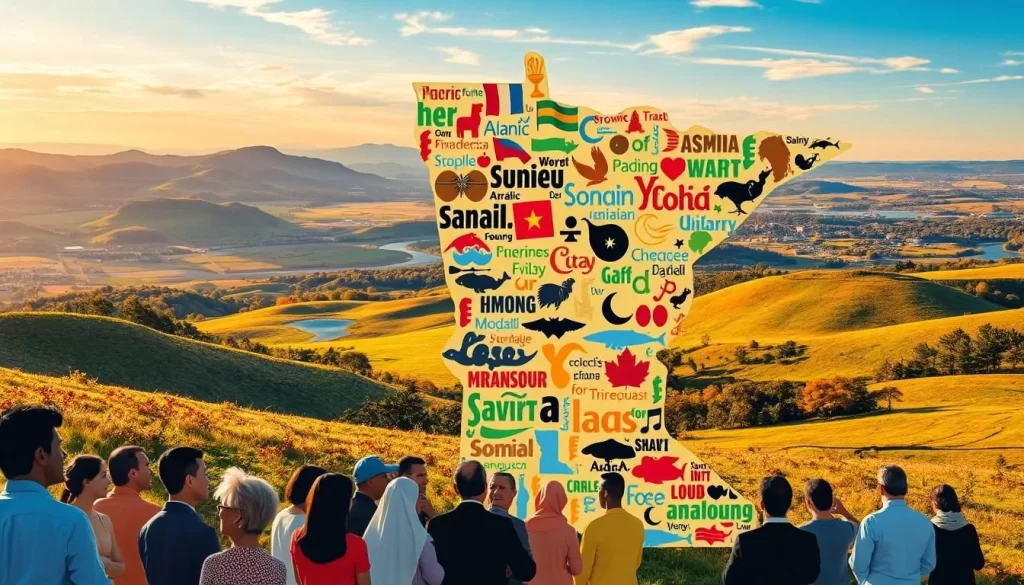
Other Notable Languages in Minnesota
Beyond the top languages, Minnesota is home to a multitude of other languages, showcasing its remarkable diversity. You can find Southeast Asian languages like Khmer (Cambodian), Lao, Karen, and Karenni, as well as South Asian languages including Hindi, Punjabi, Gujarati, and Telugu, particularly in metropolitan areas. Indigenous languages like Dakota and Ojibwe are preserved through cultural revitalization efforts. These diverse language communities create ongoing needs for specialized translation services in various sectors, including healthcare, education, government, and business. Understanding the full spectrum of languages spoken helps people appreciate Minnesota’s position as a multilingual, multicultural state. Many smaller language communities maintain cultural connections through community organizations, religious institutions, and cultural events.
English Proficiency Among Minnesota’s Language Communities
As you explore the linguistic diversity of Minnesota, you’ll notice varying levels of English proficiency among its residents. This variation is a crucial aspect of understanding the needs of different language communities.
Limited English Proficiency (LEP) Statistics
Data indicates that certain language groups have higher rates of limited English proficiency. For instance, a significant percentage of speakers from recent immigrant groups report speaking English less than “very well.” Approximately 58.7% of Vietnamese speakers, 51.1% of Hmong speakers, and 48.2% of Chinese speakers fall into this category. This highlights the need for targeted language support services for these communities.
Variations in English Proficiency by Language Group
The English proficiency among different language groups in Minnesota varies significantly 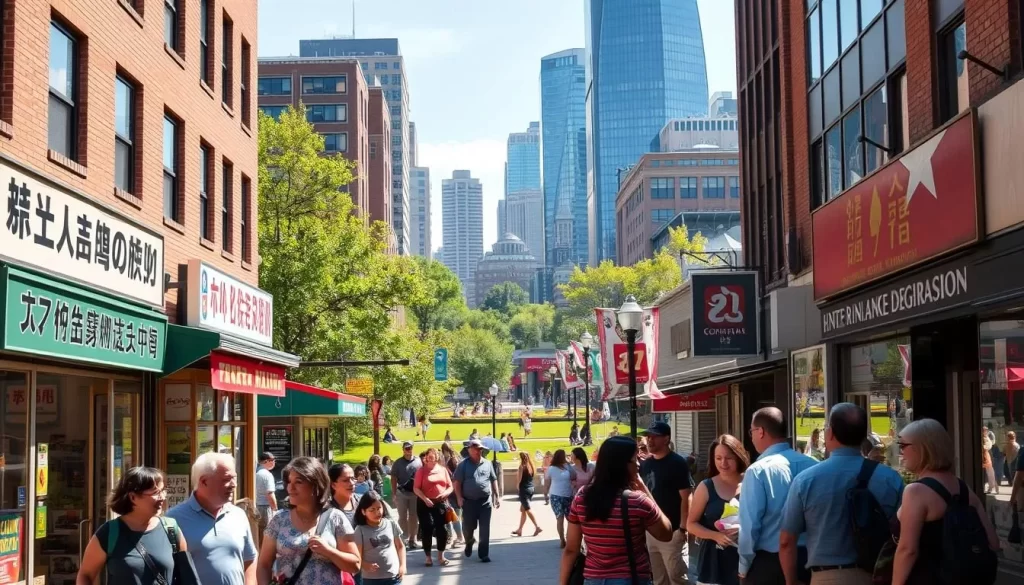 . While some communities, like Vietnamese, Hmong, and Chinese speakers, show higher rates of limited English proficiency, others, such as European language speakers, tend to have higher English proficiency rates. For example, only about 17.6% of German speakers have limited English skills. Understanding these variations helps organizations develop appropriate translations and language support services for different communities, ultimately enhancing the lives of people in Minnesota today.
. While some communities, like Vietnamese, Hmong, and Chinese speakers, show higher rates of limited English proficiency, others, such as European language speakers, tend to have higher English proficiency rates. For example, only about 17.6% of German speakers have limited English skills. Understanding these variations helps organizations develop appropriate translations and language support services for different communities, ultimately enhancing the lives of people in Minnesota today.
Conclusion
You’ve now gained a comprehensive understanding of Minnesota’s rich linguistic landscape. The state’s language diversity reflects its unique position in the United States as a destination for immigrants and refugees. While English remains dominant, the top languages spoken by Minnesota residents create a vibrant multilingual environment. This diversity presents opportunities and challenges for communication, education, and cultural preservation. As Minnesota evolves, its language landscape will continue to reflect global migration patterns, fostering a culturally rich environment that makes the state unique.
The above is subject to change.
Check back often to TRAVEL.COM for the latest travel tips and deals.
